ARTISANAL HAND-WOVEN FABRICS
Creating artisanal hand-woven fabrics in the highlands of the Peruvian Andes involves blend of traditional techniques, cultural heritage, and skilled craftsmanship. These fabrics are made using methods passed down through generations, and they hold cultural significance as they reflect the rich history of the Inca civilization.
CULTURAL SIGNIFICANCE
Inca fabrics are not just functional items; they are also cultural pieces of art that reflect the history and traditions of the Andean communities. The patterns and symbols woven into the fabrics often carry deep meanings, telling stories of the past and connecting the present to the heritage of the Inca civilization.
It’s important to note that creating these fabrics is a labor-intensive process that requires a high level of skill and dedication. As modernization continues, some artisans are working to preserve these traditional techniques, while others may incorporate contemporary elements into their designs
It’s important to note that creating these fabrics is a labor-intensive process that requires a high level of skill and dedication. As modernization continues, some artisans are working to preserve these traditional techniques, while others may incorporate contemporary elements into their designs
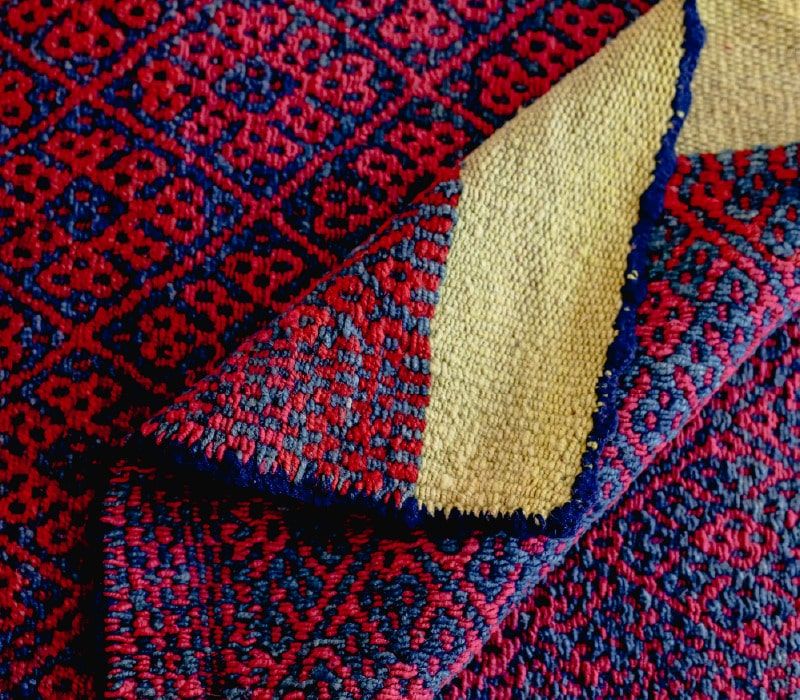
MATERIALS
Wool
Local sheep and alpaca wool are commonly used for weaving Inca fabrics. Sheep wool, in particular, is known for its durability and warmth.Natural Dyes
Traditional dyes sourced from plants, insects, and minerals are used to create a wide range of vibrant and earthy colors.TECHNIQUES
Dyeing
Before weaving, the yarn is dyed using natural materials to achieve various colors.Spinning
The process begins with spinning the raw wool into yarn. This is typically done using a drop spindle or a spinning wheel.Backstrap Loom
Is a traditional weaving tool used by Andean communities for centuries. It’s a simple yet effective device that allows for intricate patterns and designs.Tight Weave
Inca fabrics are known for their tight weave, which makes them durable and warm. Achieving this level of density requires meticulous attention to detail.Weaving
The weaver uses the backstrap loom to interlace the dyed yarns, following the predetermined pattern. This process requires skill and precision to maintain consistent tension and achieve the desired design.Pattern Design
Inca fabrics often feature complex geometric patterns and symbols that carry cultural and historical significance. These patterns are created by carefully manipulating the yarn on the loomFinishing
Once the weaving is complete, the fabric is carefully removed from the loom. Any loose threads are secured, and the fabric is trimmed and inspected for qualityTraditional Iconography
Many Inca fabrics incorporate traditional symbols and iconography that hold cultural and historical significance. These symbols often reflect aspects of daily life, nature, and spirituality.By Majo & Brais
We take pride in offering the most beautiful collection of colorful and ethnic art and furniture . We offer not just art or decoration, but unique stories etched in each unique handmade piece. Each product holds a piece of INKA’s history, a connection to nature that we want to share with you.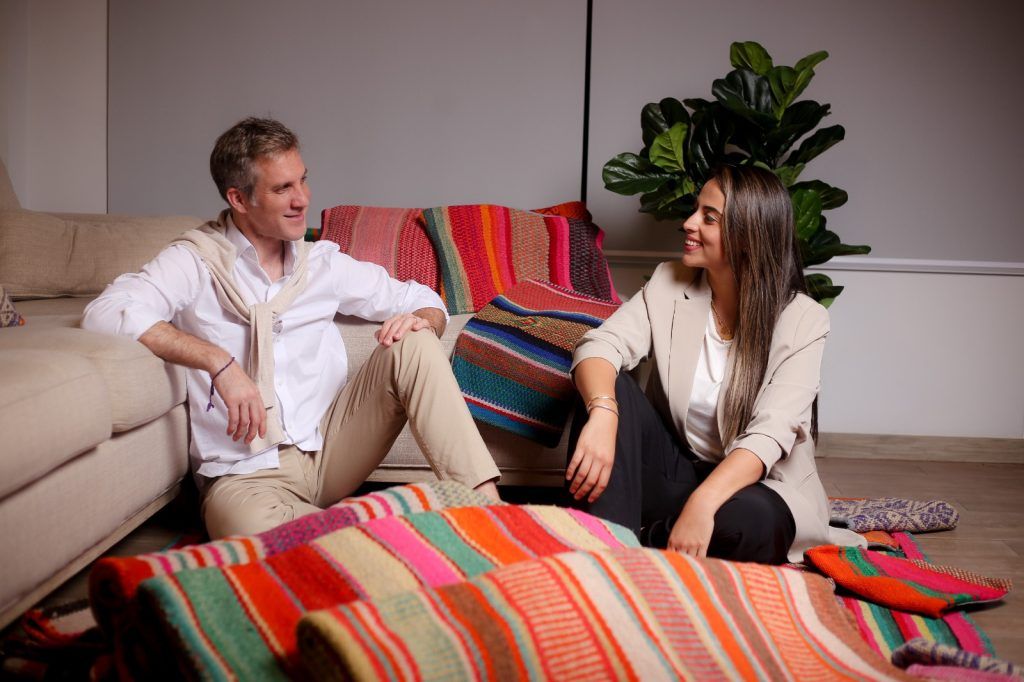
Table of Clay started as a dream shared by Maria Jose, and Brais. Hailing from two different corners of the world—Spain and Peru—we embarked on a journey to discover the extraordinary. From the
picturesque landscapes of Lima to the mesmerizing mountains in the
Peruvian Andes, we traveled far and wide in search of breathtaking
fabrics and exquisite artistry products. The adventure has been nothing
short of incredible.
Our commitment is to bring you handpicked, authentic, and ethically sourced treasures. We believe in preserving the environment and supporting local artisans, ensuring that our products not only captivate your soul but also contribute positively to the world. So, whether you’re an avid rugs collector, an artistry aficionado, or simply looking to add a touch of beauty to your home, we invite you to join us on this enchanting journey. Thank you for being with us.

Table of Clay Inca fabrics stand out from other fabrics due to their unique
combination of cultural significance, intricate patterns, and traditional
weaving techniques. Here are some key factors that differentiate Table of
Clay ethnic fabrics from other types of fabrics:
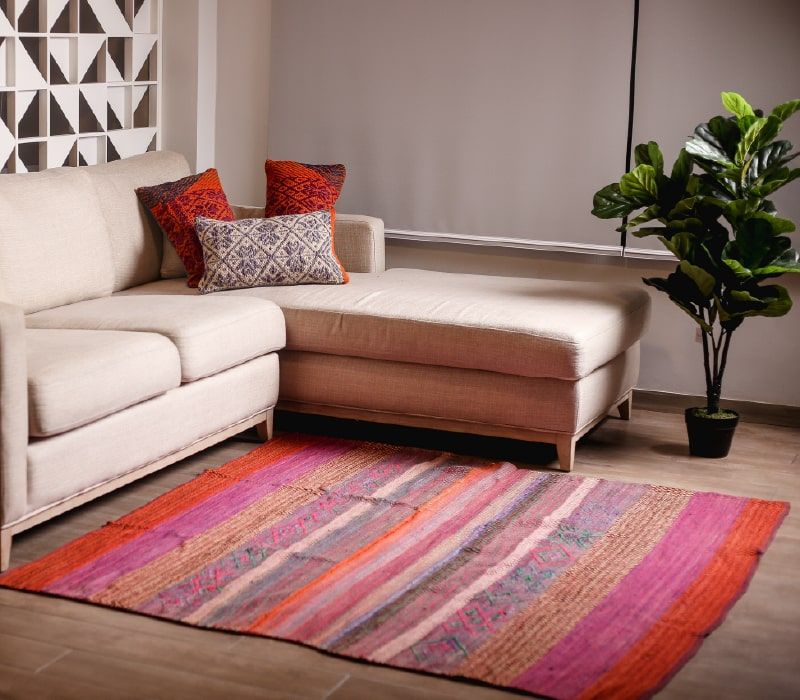
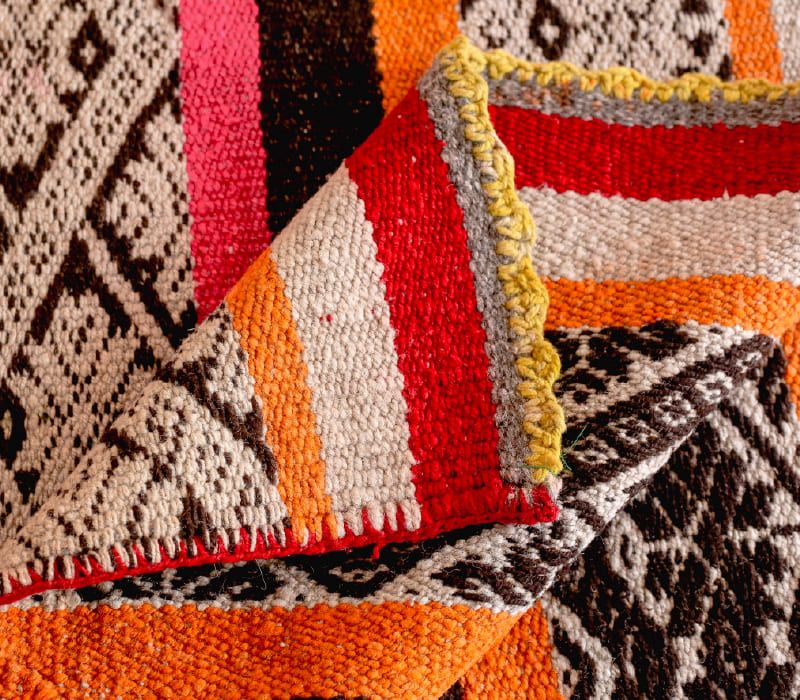

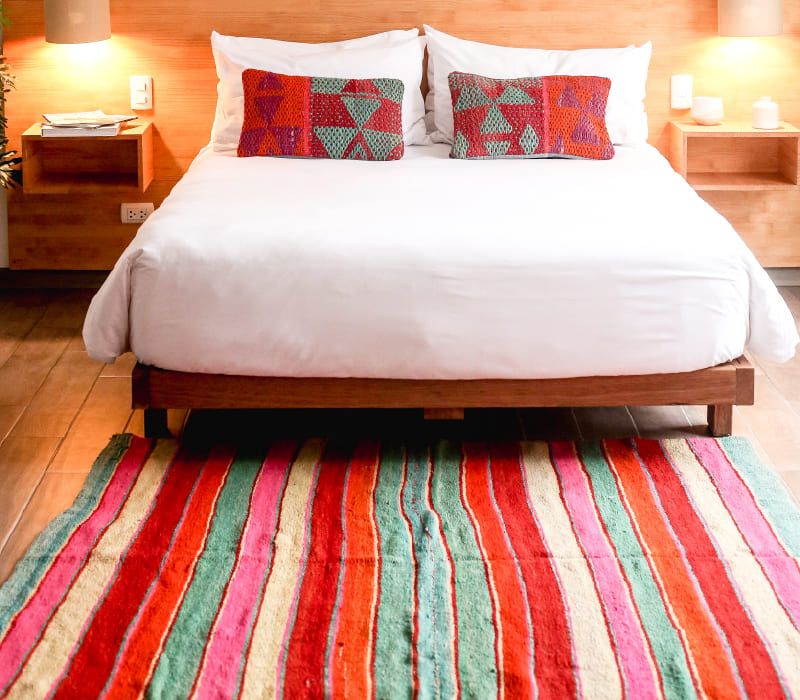
- Cultural and Historical Significance: Our fabrics are deeply rooted in the history and heritage of the Inca civilization, which thrived in the Andes region of South America.
- The patterns, symbols, and designs woven into these fabrics often carry meanings that reflect the spirituality, daily life, and worldview of the Inca people. These patterns are meticulously woven into the fabrics using traditional backstrap looms.
- Traditional Techniques: labor-intensive processes that have been passed down through generations. These techniques often involve hand- spinning wool, dyeing with natural materials, and using backstrap looms.
- Natural Materials: Table of Clay fabrics are typically made from natural materials, particularly wool from local sheep and alpacas. The use of natural materials, along with the application of traditional dyeing methods using plants, insects, and minerals, results in a unique color palette.
- Symbolism and Iconography: Our fabrics carry meaning and stories that connect to the history, culture, and spirituality of the Inca civilization. These symbols often represent elements of nature, celestial bodies, animals, and more.
